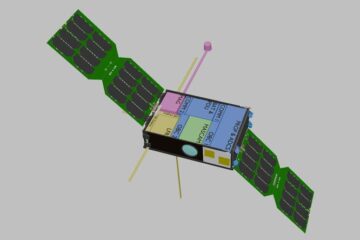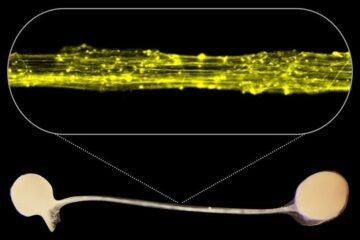A bone cement composition for the creation of a MRI-signaling

Bone cements based on polymethylmethacrylate (PMMA) are mostly used for the anchorage of artificial joints, as bone substitutes at backbone diseases or after tumour surgeries, for the encouragement of implants (e.g. plates, nails) or as placeholder in infected joints. Most bone cements are produced by the combination of a 2-phase-system, containing a powder (PMMA) and a fluid (MMA).
Especially during the insertion of bone cement into fractured vertebral bodies or cleared tumour caves (vertebroplasty) it is necessary to follow the operation process by MR imaging to ensure the right position of the bone cement (“open MRI”). Therefore the researchers developed bone cement with paramagnetic properties to induce a MRT detectable signal. They added sodium chloride solution containing a contrast agent to the MMA and proceeded as done by common bone cement production. In this way they achieved modified bone cement that can induce a MR signal by keeping all conventional properties.
Further Information: PDF
ipal GmbH
Phone: +49 (0)30/2125-4820
Contact
Dr. Dirk Dantz
Media Contact
All latest news from the category: Technology Offerings
Newest articles

Caution, hot surface!
An international research team from the University of Jena and the Helmholtz Institute Jena are demystifying the mechanisms by which high-intensity laser pulses produce plasma on the surface of solids….

Exploring the Asteroid Apophis With Small Satellites
In five years’ time, a large asteroid will fly very close to Earth – a unique opportunity to study it. Concepts for a national German small satellite mission are being…

First model of the brain’s information highways developed
Our human brain is not only bigger and contains more neurons than the brains of other species, but it is also connected in a special pattern: Thick bundles of neurons…

















